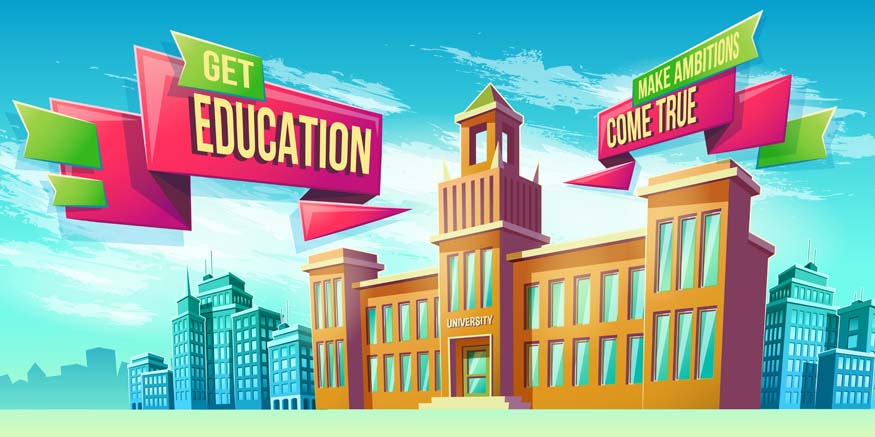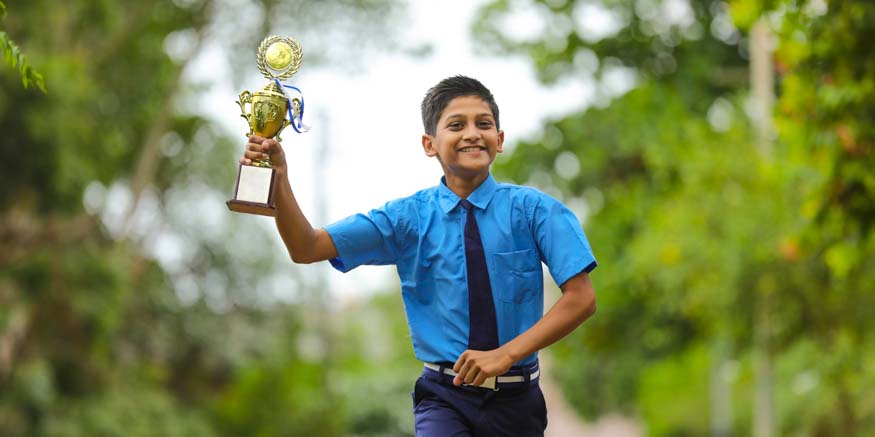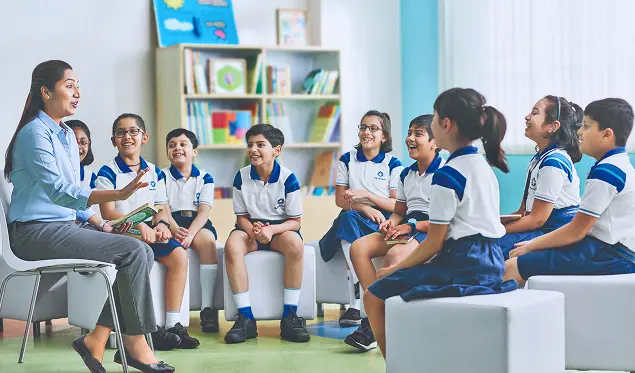Republic Day in India isn’t just a date on the calendar; it’s a big deal with a fascinating backstory. Happening every January 26th, it’s like our country’s birthday party. Why? Because that’s when our Constitution, the set of rules that guide us, officially started doing its thing in 1950. It’s like the day India became its boss – a sovereign republic. This is India’s 75th Republic Day i.e. its has been 75 years since consitution of India was established. It’s not just a day off; it’s a time to think about democracy, unity and freedom that make our country the largest democracy in the world.
Why do we Celebrate Republic Day?
The importance of Republic Day lies in its journey, which began with India gaining independence from British rule on August 15, 1947. However, it was not until January 26, 1950, that the Constitution of India was adopted, officially establishing the country as a republic. Dr. B.R. Ambedkar, the chief architect of the Indian Constitution, played a pivotal role in shaping the document that outlines the rights, duties and principles of the citizens.
The significance of Republic Day lies in the transition from colonial rule to a democratic and sovereign nation. Republic Day history symbolises the values of justice, liberty, equality and fraternity that form the foundation of the Indian Constitution. Republic Day is a time for citizens to express their pride in being part of a diverse and vibrant democracy.
Republic Day: History
A long time ago, India was under British rule, and the people dreamed of freedom. After many years of peaceful protests, speeches and sacrifices by brave men and women, India finally gained its independence on August 15, 1947. But the story doesn’t end there! The leaders of our nation knew that true freedom comes with responsibility. So, they decided to create a set of rules and principles to guide our country. This special rulebook is called the Constitution of India.
Dr. B.R. Ambedkar played a key role in writing this rulebook. He, along with a team of experts, carefully thought about what would make India a fair and just country for everyone. They talked about freedom, equality, and the importance of people working together like a big, happy family.
Finally, on January 26, 1950, India put the Constitution into action, officially becoming a “Republic.” Being a republic means that we have our own rules, leaders, and the power to make decisions as a united nation. This day, January 26th, is now celebrated as Republic Day – a day that reminds us of our freedom, unity and the importance of being good citizens.
Also Read: What are the 8 Union Territories of India and their Capitals?
Celebrating Republic Day in India
Republic Day celebrations are grand and patriotic, involving people from all walks of life. The main event takes place at Rajpath in the capital city, New Delhi, where the President of India hoists the national flag and a spectacular parade follows. The parade showcases the country’s rich cultural diversity through various state floats, traditional dance performances, and military displays.
The highlight of the Republic Day parade is the impressive display of India’s military prowess, with marching contingents, tanks, and fighter jets soaring through the sky. The celebrations also include the awarding of bravery medals to the armed forces and civilians who have exhibited exceptional courage.
In schools and preschools across the country, Republic Day is celebrated with enthusiasm. Children participate in cultural programs, flag-hoisting ceremonies and various activities that instil a sense of patriotism and pride.
Also Read: History About Indian Flag
Fun Acitivities on Republic Day for Children
Engaging toddlers in activities that bring the vibrant colours of the Indian flag to life not only instils a sense of national pride but also nurtures their developmental milestones. Let’s explore these hands-on experiences that weave together fun, creativity and important lessons in a tapestry of early childhood development.
- Tricolour Fruit Salad Making
- Materials Required
- Method
- How it Helps
- Patriotic Craft: Indian Flag Collage
- Materials Required
- Method
- How it Helps
- National Symbols Playdough Fun
- Materials Required
- Method
- How it Helps
- Flag Hoisting Pretend Play
- Materials Required
- Method
- How it Helps
- Unity in Diversity Finger Painting
- Materials Required
- Method
- How it Helps
- 6. National Anthem Sing-Along
- Materials Required
- Method
- How it Helps
Assorted fruits, child-safe knives (for older toddlers under supervision), cutting board, and bowls.
Gather fruits in the colours of the Indian flag – orange (oranges, mangoes), white (bananas, apples), and green (kiwi, grapes). Let the toddlers assist in washing, peeling (if safe) and cutting the fruits into bite-sized pieces.
This activity introduces toddlers to the concept of the tricolour flag, teaching them about the national colours. It enhances fine motor skills and colour recognition and encourages healthy eating habits.
Construction paper, glue, pre-cut coloured paper shapes, Ashoka Chakra template.
Provide toddlers with paper, glue, and pre-cut orange, white, and green shapes. Guide them to create their Indian flag collage. Discuss the colours and the Ashoka Chakra as they glue the pieces onto the paper.
This craft activity boosts creativity, and hand-eye coordination and introduces toddlers to basic shapes and colours associated with the Indian flag.
Playdough in tricolours, cookie cutters, and rolling pins.
Create playdough in orange, white and green colours. Use cookie cutters or shape them by hand to create national symbols like the Ashoka Chakra, the national flower (lotus), or the national animal (tiger).
Playdough activities enhance sensory development, hand strength, and creativity. This activity introduces toddlers to important national symbols in a playful way.
Small flag, stick.
Set up a small flag with a stick in your living room or play area. Encourage toddlers to take turns pretending to be the Prime Minister or President and hoist the flag.
Pretend play develops social and emotional skills. This activity helps toddlers understand the significance of flag hoisting and the importance of leaders in the country.
Finger paints, canvas or large paper.
Provide toddlers with finger paints in various colours. Encourage them to create a collaborative piece of art by pressing their painted fingers onto a canvas, symbolising the diversity in unity.
Finger painting enhances sensory exploration, and creativity and introduces the concept of diversity. It’s a visual representation of unity in colours.
National anthem audio, visual aids.
Play the national anthem and encourage toddlers to sing along or mimic the tune. Use visuals like flags or pictures of national monuments to make it engaging.
Singing fosters language development, rhythm and a sense of belonging. This activity introduces toddlers to the national anthem and promotes auditory and vocal skills.
Also Read: Indian History Chronology: Ancient India to Modern India
So, as we rejoice in the colours, music and festivities of Republic Day, let’s also remember the incredible journey our country took to become the beautiful and diverse nation it is today. The fun and educational activities we have discussed are not just play; they are stepping stones toward building a sense of pride, understanding, and love for India. At EuroSchool, we are committed to creating an environment where children can learn, grow and celebrate Indian culture. Together, let’s continue fostering a spirit of curiosity and patriotism in our little ones.









